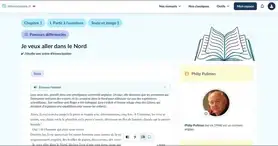Ressource affichée de l'autre côté.
Faites défiler pour voir la suite.
Faites défiler pour voir la suite.
1. Where is the British Museum?
2. What can you find in the Aboriginal collections of the British Museum?
3. Why do some people think these collections should go back to the Aborigines?
2. What can you find in the Aboriginal collections of the British Museum?
3. Why do some people think these collections should go back to the Aborigines?
Ressource affichée de l'autre côté.
Faites défiler pour voir la suite.
Faites défiler pour voir la suite.
1A mysterious art form
Ressource affichée de l'autre côté.
Faites défiler pour voir la suite.
Faites défiler pour voir la suite.
Activities
1. Answer these questions about the two artworks.

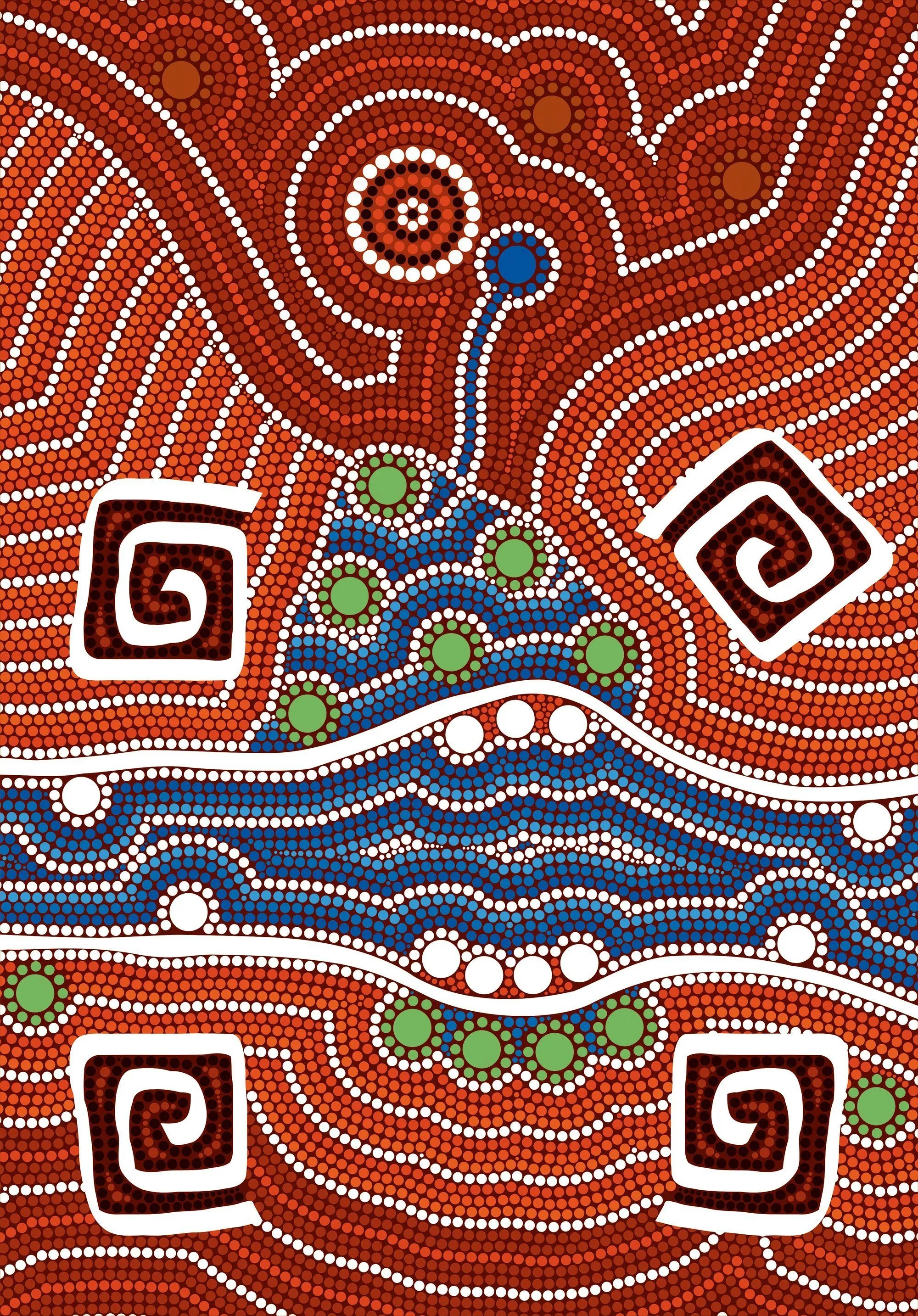

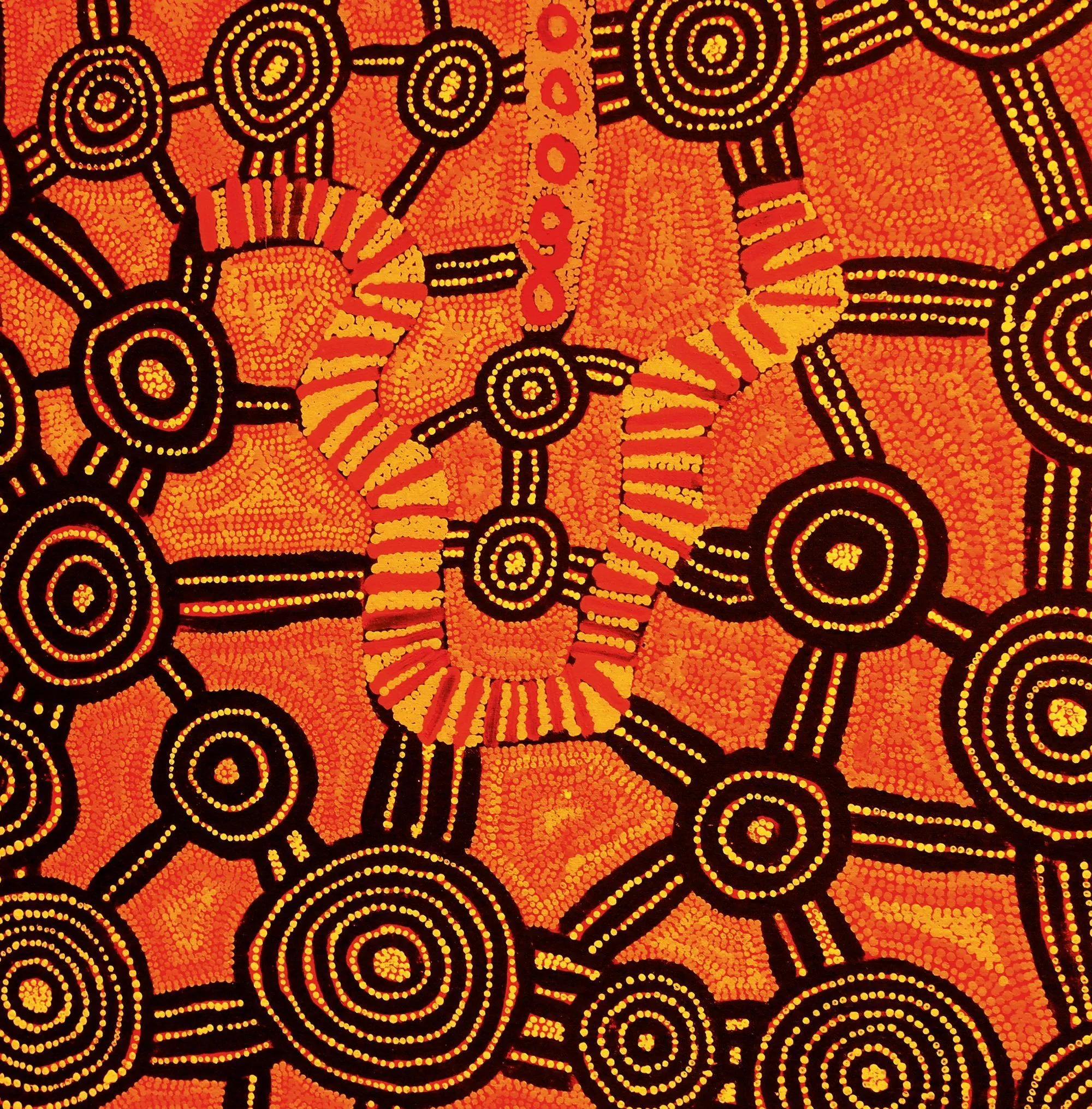
a) What are these artworks? (Drawings. / Paintings. / Computer art.)
b) What tool was used? (Large brushstrokes. / A sponge. / Dot-making tools.)
c) What is the central theme of these creations? (People. / The natural world. / Cities.)
d) They look (realistic. / abstract.)
e) In these artworks, there is no (perspective. / movement. / story.)
2. Choose the three words that best explain what the shapes and colours from the paintings could represent.
3. Describe the paintings using comparatives.
a) The colours are more vivid in the first picture.
b) The shapes are.
c) The lines.
4. These six titles have been mixed up. Find the right pairs and discover three titles for each of the two paintings.




a) What are these artworks?
b) What tool was used?
c) What is the central theme of these creations?
d) They look
e) In these artworks, there is no
2. Choose the three words that best explain what the shapes and colours from the paintings could represent.
3. Describe the paintings using comparatives.
a) The colours are more vivid in the first picture
b) The shapes are
c) The lines
4. These six titles have been mixed up. Find the right pairs and discover three titles for each of the two paintings.
| Summer | |
| Green river | |
| Red earth and | |
| Eat | |
| There spirits | |
| Giant snake |
Ressource affichée de l'autre côté.
Faites défiler pour voir la suite.
Faites défiler pour voir la suite.
Ressource affichée de l'autre côté.
Faites défiler pour voir la suite.
Faites défiler pour voir la suite.
2An original technique
Ressource affichée de l'autre côté.
Faites défiler pour voir la suite.
Faites défiler pour voir la suite.
Activities
1. Fill in this chart to gather basic information about the text.
2. Match the two parts of the sentences to discover everything about the creation of the world according to the Dreaming.
3. Look at the clip. Put the different steps of the dot-painting lesson back into the right order.

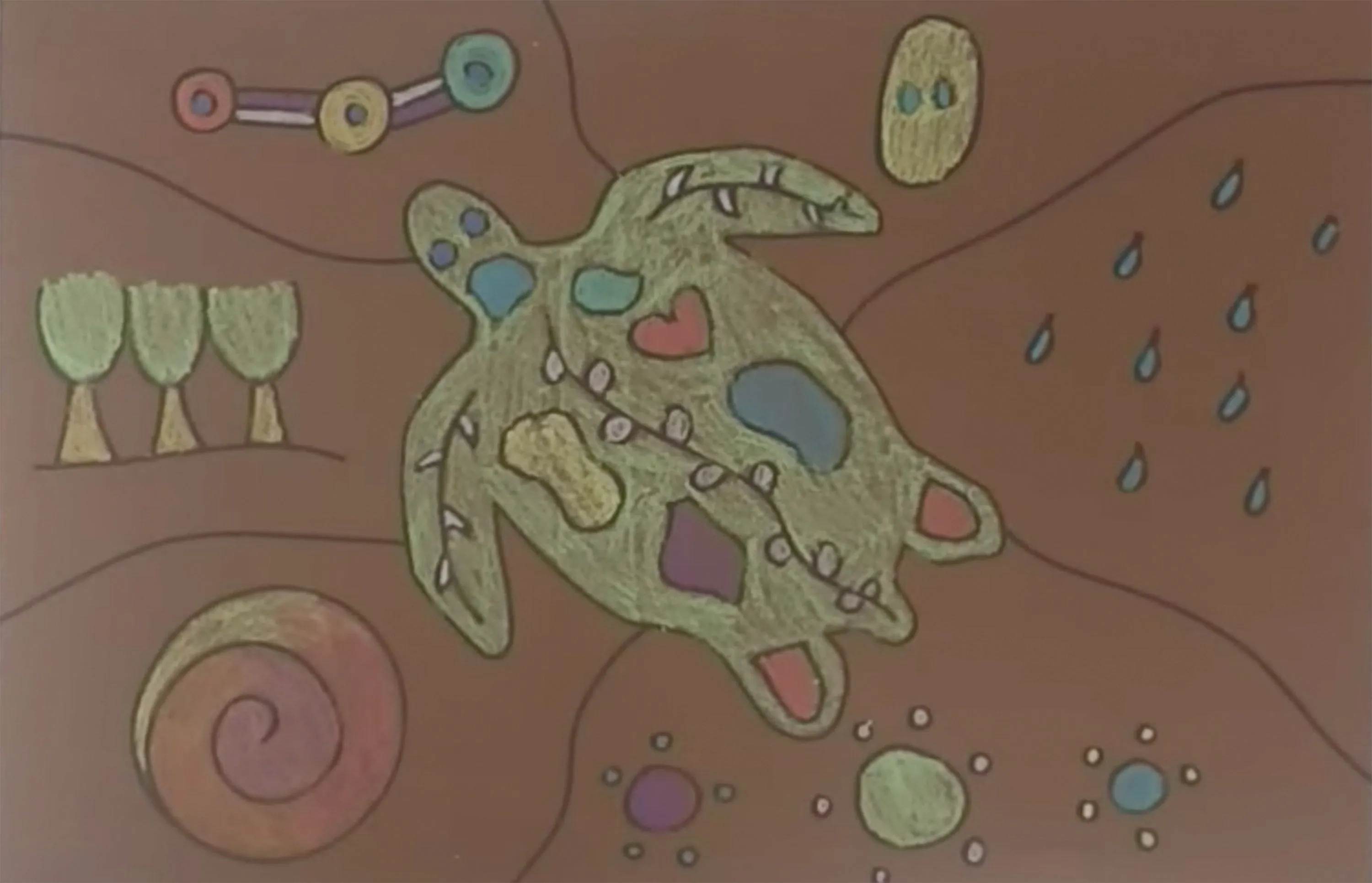
The Dreamtime or Dreaming
In most stories of the Dreaming, the Ancestor Spirits came to the earth in human form and as they moved through the land, they created the animals, plants, rocks and other forms of the land that we know today.
Once the ancestor spirits had created the world, they changed into trees, stars, rocks, watering holes, etc. These are the sacred places of Aboriginal culture and they have special properties. Because the ancestors did not disappear at the end of the Dreaming, but remained in these sacred sites, the Dreaming is never-ending, linking the past and the present, the people and the land.
Once the ancestor spirits had created the world, they changed into trees, stars, rocks, watering holes, etc. These are the sacred places of Aboriginal culture and they have special properties. Because the ancestors did not disappear at the end of the Dreaming, but remained in these sacred sites, the Dreaming is never-ending, linking the past and the present, the people and the land.
| Who | Where | When | What |
|
|
|
|
|
2. Match the two parts of the sentences to discover everything about the creation of the world according to the Dreaming.
| The world was created by | |
| The ancestor spirits created | |
| When they had finished inventing the world, they transformed into | |
| Because the ancestor spirits have stayed on earth, there is | |
| The places where the |
3. Look at the clip. Put the different steps of the dot-painting lesson back into the right order.


1.
2.
3.
4.
5.
2.
3.
4.
5.
6.
7.
8.
9.
10.
7.
8.
9.
10.
Ressource affichée de l'autre côté.
Faites défiler pour voir la suite.
Faites défiler pour voir la suite.
Ressource affichée de l'autre côté.
Faites défiler pour voir la suite.
Faites défiler pour voir la suite.
3Discover Aboriginal symbols
Ressource affichée de l'autre côté.
Faites défiler pour voir la suite.
Faites défiler pour voir la suite.
Activities
1. Match each picture with the right preposition. Then, note the one that corresponds to the point of view of the symbols.

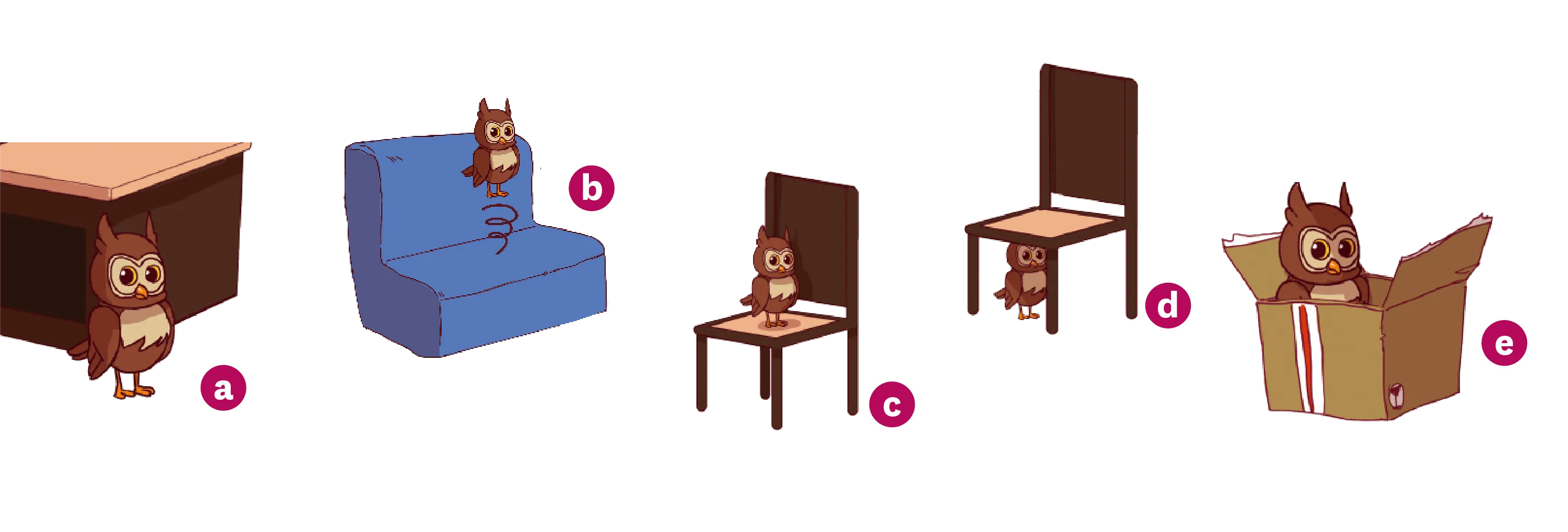
2. Tick all the words that describe the Aboriginal way of life.
3. Write a sentence with at least two of those words.
4. Choose five aboriginal symbols and write a short story combining these symbols.


Under:
On:
Over:
On:
Over:
Beside:
In:
The point of view of the symbols:
In:
The point of view of the symbols:
2. Tick all the words that describe the Aboriginal way of life.
3. Write a sentence with at least two of those words.
4. Choose five aboriginal symbols and write a short story combining these symbols.
Ressource affichée de l'autre côté.
Faites défiler pour voir la suite.
Faites défiler pour voir la suite.
Words in -or /e/
Listen
Listen: My ancestors were creators.
Réfléchis : Où sont situées les lettres -or au sein des mots ? Entend-on ce que l'on voit ?
Repeat
Répète : My professor's ancestors were warriors!
Ressource affichée de l'autre côté.
Faites défiler pour voir la suite.
Faites défiler pour voir la suite.
Comparatives
Observe : Use darker colours. Be more creative!Réfléchis : Que signifient le suffixe -er et le mot more ?
Combien de syllabes y a-t-il dans dark ? Et dans creative ?
Conclus : Adjectifs
Ressource affichée de l'autre côté.
Faites défiler pour voir la suite.
Faites défiler pour voir la suite.
Mission 2
1. Your painting is going to...
2. You must...
3. Choose your level:
2. You must...
3. Choose your level:
Une erreur sur la page ? Une idée à proposer ?
Nos manuels sont collaboratifs, n'hésitez pas à nous en faire part.
j'ai une idée !
Oups, une coquille


